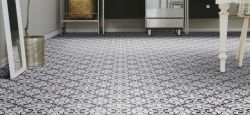What’s the main difference between laminate flooring and engineered wood flooring? You can get all the facts in our ‘What is laminate’ and 'What is engineered wood flooring’ guides, but here’s the gist:
- Laminate flooring is composed of different layers of wood-based materials, with a printed image of the flooring pattern or style covered by a hardy topcoat to protect it from damage.
- Engineered wood is somewhat “in-between” real wood flooring and laminate flooring. It’s also made up of layers, although the top layer is real, solid wood, while the bottom layer is generally plywood.
Although superficially similar, engineered wood and laminate differ in several key areas:
Durability
Engineered wood lasts longer than laminate flooring, with an expected lifespan of upwards of 35 years when properly cared for and maintained. To find out more about how to look after engineered wood, take a look at our engineered wood care guide. The expected lifespan of laminate flooring tends to be between 10 and 20 years depending on which type you buy, but it can last for much longer when properly cared for, which we explain in our laminate floor care guide.
Maintenance
Engineered wood’s brand-new appearance can be restored by sanding and refinishing, so you’ll have options in years to come should you wish to remove stains or scratches or simply achieve a new look with a different finish or wood stain. This can usually be done up to two or three times. Sanding and refinishing are not possible for laminate.
However, engineered wood is more vulnerable to changes in temperature and humidity, and may need regular waxing depending on the finish. This isn’t necessary with laminate. Laminate flooring requires just a quick sweep and the occasional wipe with a wrung-out, barely-damp mop to stay looking its best.
Installation
Both types of flooring can come in ‘click profiles’, which essentially means that they can be installed in the same way, by slotting pieces together like a jigsaw to ‘float’ on top of an existing floor.
Style
Laminate flooring boasts incredibly realistic finishes and textures, to give the appearance of a real wood floor, but the style you see is a printed graphic. This allows for a huge variety of different styles and colours to choose from, spanning everything from classic oak laminate flooring to grey herringbone laminate flooring. Meanwhile, engineered wood is a little more limited in style as it is restricted to the types of wood species available; however, you can stain and polish wood to create a new finish should you choose.





























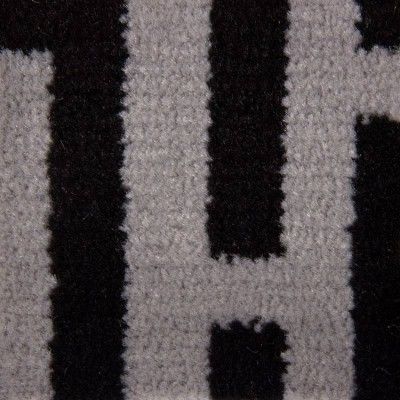

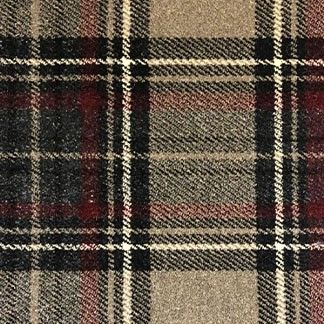
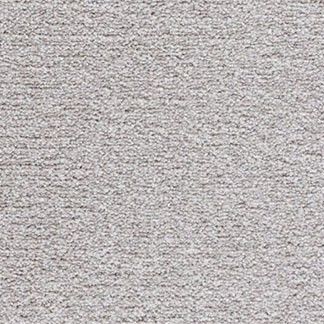












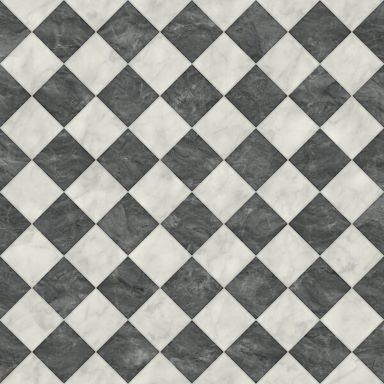
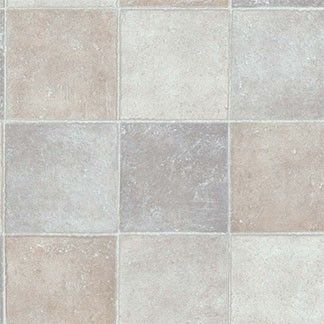
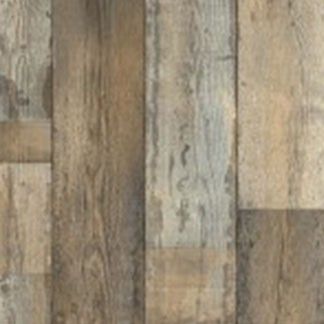









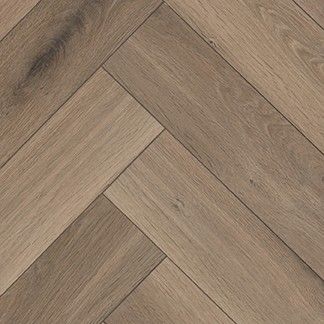
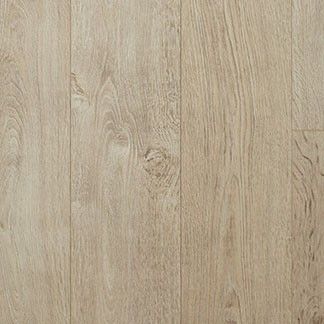

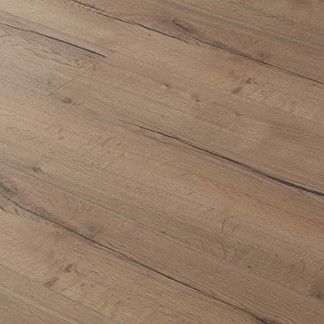
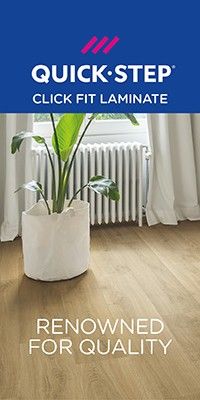












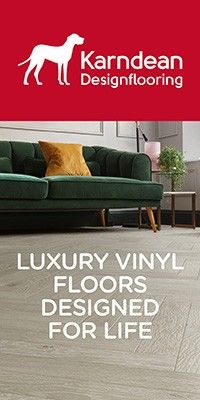




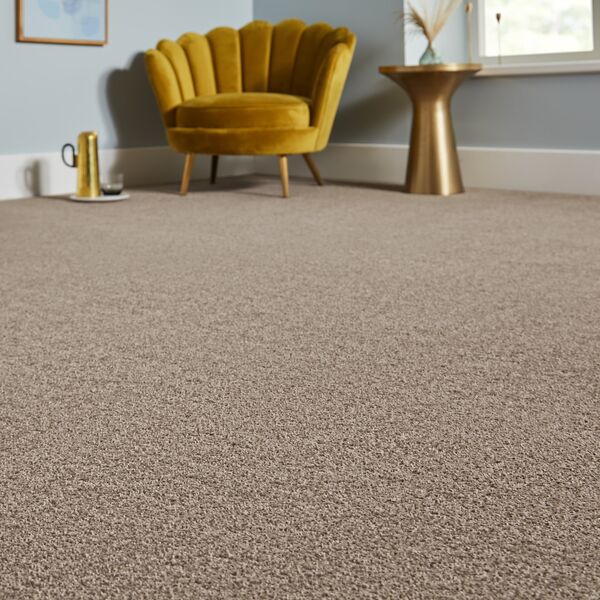
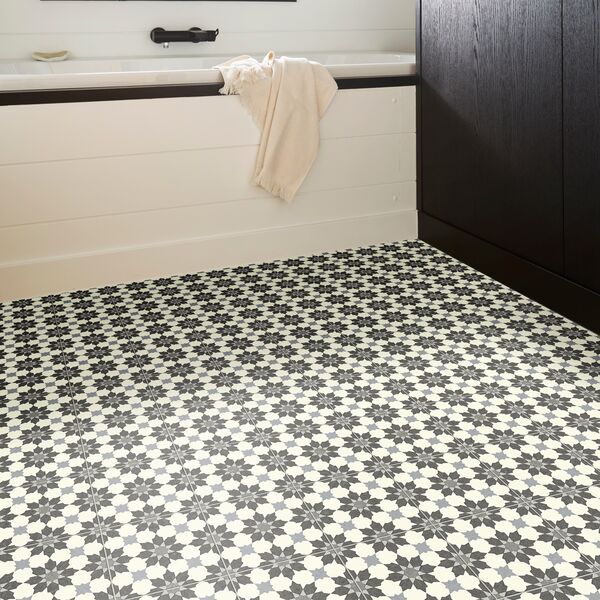
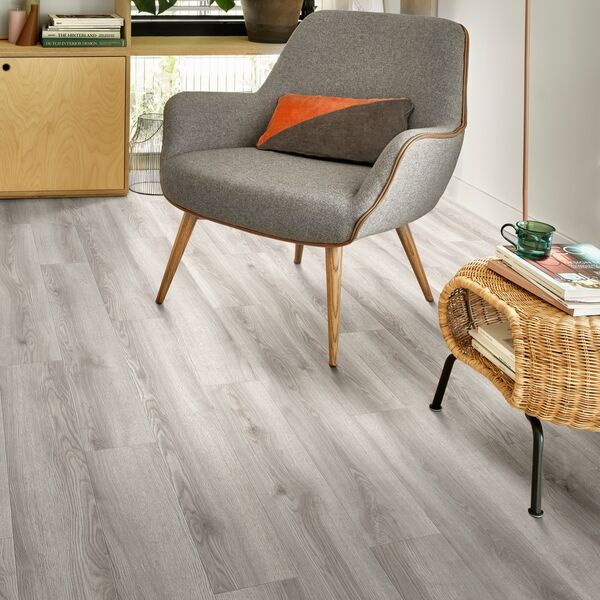
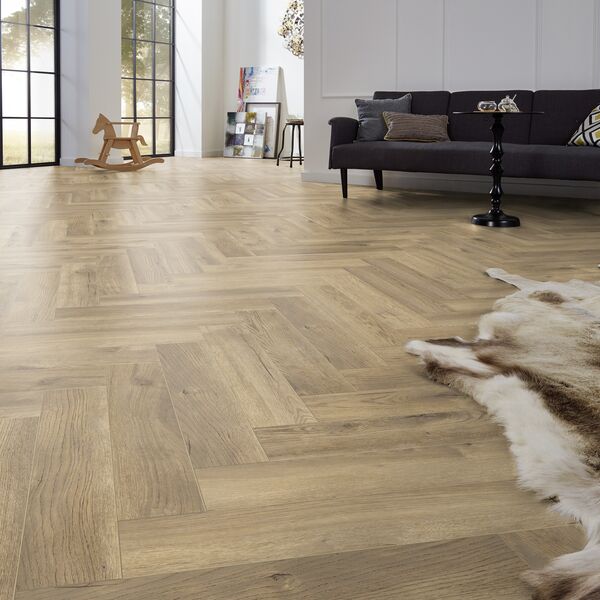
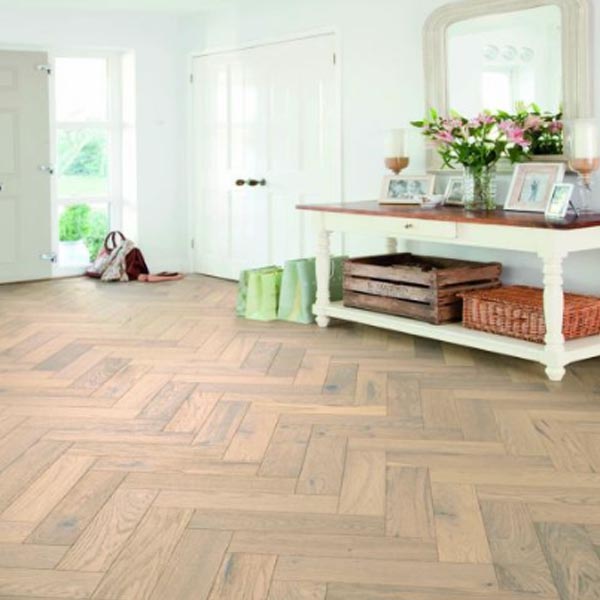



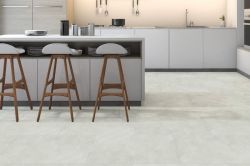
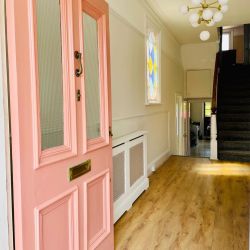
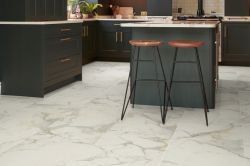
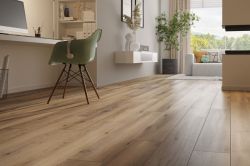

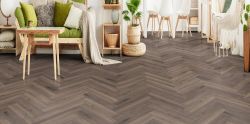
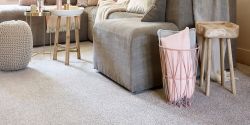
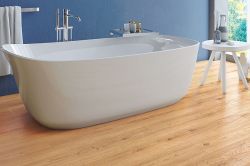
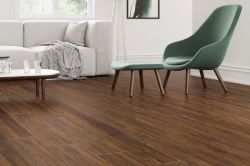

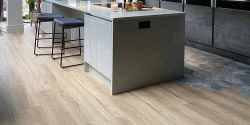
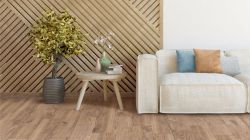
-250.jpg)
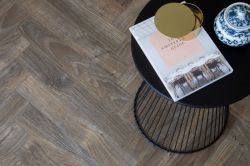
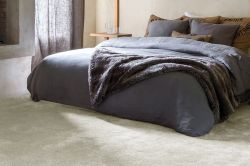
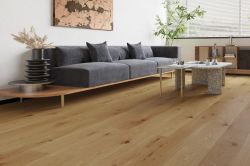
-250.jpg)
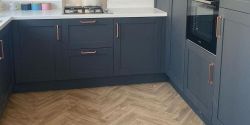
 copy-250.jpg)


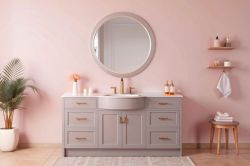
 - Article Image (not header)-250.jpg)
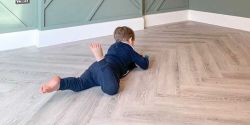

-250.jpg)
